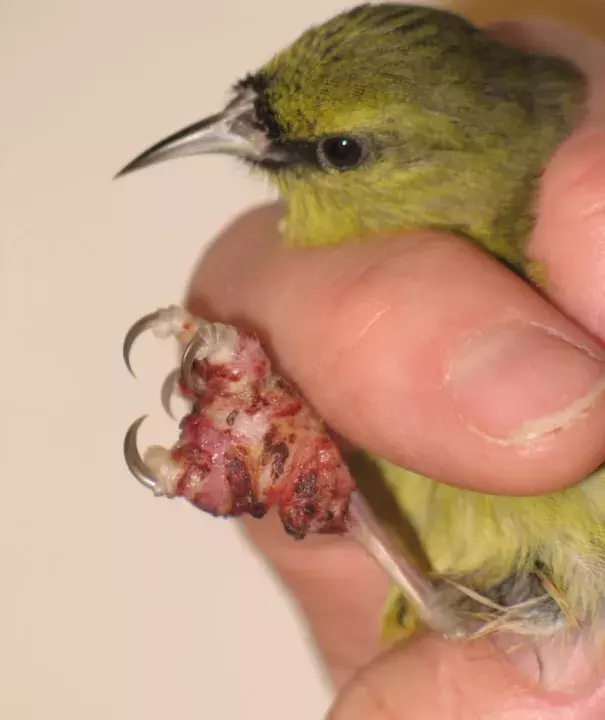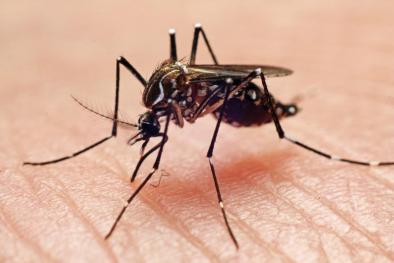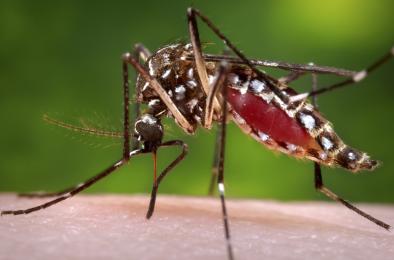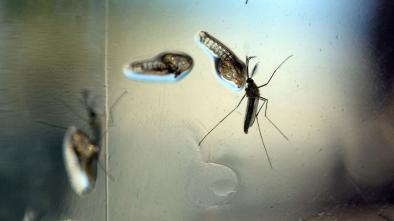USGS Studies Mosquito Ecology

Mosquitoes have been on the minds of Hawai‘i Island residents and visitors due to the recent outbreak of dengue fever...
Although six species of biting mosquitoes have been introduced to the State of Hawai‘i, only three are likely to occur in natural areas like forests and parks—the Asian tiger mosquito (Aedes albopictus), Asian rock pool mosquito (Aedes japonicus japonicus) and southern house mosquito (Culex quinquefasciatus). All three use water-filled containers and pools in the forest and along the coast as larval habitat...
Like mosquito-borne human diseases, climate change is expected to increase the geographical range of bird malaria in the Hawaiian Islands, threatening the last populations of our native forest birds...
US Geological Survey ecologists in Hawai‘i are studying the ecology of mosquito-borne disease in native birds, trying to understand how climate change might alter that disease system, and how we can reduce disease transmission
Related Content






